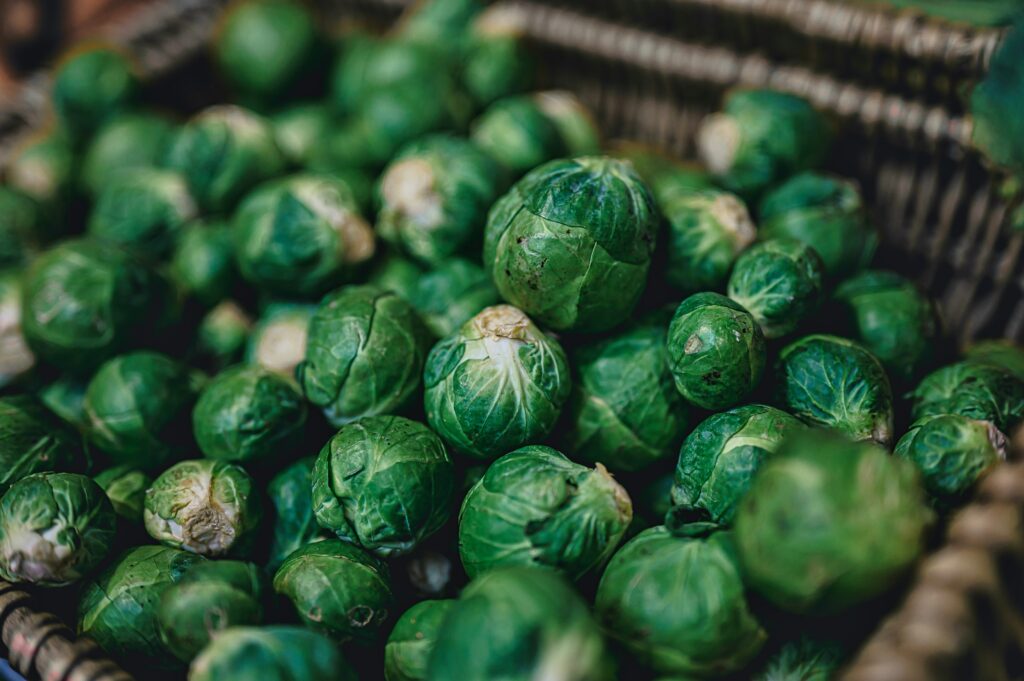From CO2Science: Close to four decades ago, emeritus CO2Science President Dr. Sherwood Idso predicted that rising atmospheric CO2 concentrations would significantly enhance Earth’s vegetative productivity via its aerial fertilization effects that (1) stimulate plant growth and yield, (2) improve water use efficiency, and (3) help plants better withstand resource limitations and environmental stresses. His bold predictions stood in stark contrast to those of the climate alarmist movement, which instead predicted widespread plant declines and extinctions would result from unfavorable climatic change impacts caused by so-called CO2-induced global warming. Considerable time has elapsed since these two theses were put forth, enough time to sufficiently judge which prediction has been validated by real-world observational data. And the new evidence from satellite surveys of the vast Northern Great Plains of North America adds further certainty.
Paper reviewed: Brookshire, E.N.J., Stoy, P.C., Currey, B. and Finney, B. 2020. The greening of the Northern Great Plains and its biogeochemical precursors. Global Change Biology DOI: 10.1111/gcb.15115.
The winner, as you might have guessed, is Dr. Idso’s hypothesis of an ever-greening planet in response to rising atmospheric CO2. Multiple peer-reviewed scientific studies have confirmed this fact, evidenced by the long list of papers we have reviewed on this topic and archived in our website’s Subject Index (click on the several links under the many subheadings of Greening of the Earth). And now, we introduce yet another paper that has documented widespread plant greening in recent decades attributable to rising atmospheric CO2.
As their contribution to the subject, Brookshire et al. (2020) combined “satellite observations of recent vegetation greening trends with chemical and isotopic analyses of historical plant samples to examine responses of vegetative productivity to elevated CO2 and climate in the Northern Great Plains (NGP) of North America.” The satellite observations included monthly Moderate Resolution Imaging Spectroradiometer (MODIS) normalized difference vegetation index (NDVI) data for the period 2000 through 2018, whereas the historic plant samples included “leaf carbon and nitrogen concentrations and stable isotopes of common C3 plants collected from 1881 to 2016 across 390 grassland sites spanning broad environmental gradients” of the NGP.
In discussing their findings, Brookshire et al. report “we document significant greening over the past two decades with the highest proportional increases in net greening occurring in the driest and warmest areas” (see Figure 1), adding “sustained increases in NDVI were evident across >19% of the land area at an average rate of 1.2% per year, a 22% increase since 2000.” Combined with all pixels (including those showing declining NDVI), the four researchers “calculate a net positive increase in peak vegetation activity greater than 0.2% per year across the NGP as a whole.” Foliar chemistry analysis and isotopic distributions further revealed intrinsic water use efficiency (iWUE) increased by 37% over the past century, albeit nearly all of that increase (85%) occurred since the early 1970s.
Commenting on these findings, Brookshire et al. say the extensive vegetative greening they documented in the NGP over the past two decades “is consistent with widespread and large increases in plant foliar intercellular CO2 and iWUE that correspond to the rise in elevated CO2 since the 1970s.” Consequently, the results of this study reveal grassland vegetation in the NGP has become increasingly more robust and water conservative in response to rising atmospheric CO2, providing support and additional proof of the greening hypothesis offered up by Dr. Sherwood Idso some four decades ago.

Figure 1. Percent change in Normalized Difference Vegetation Index (NDVI) from 2000 to 2018 across the Northern Great Plains of North America (a). White areas show pixels with no evidence of significant change. NDVI, normalized difference vegetation index. Source: Brookshire et al. (2020).



Isn’t it wonderful? I love CO2, it makes my garden grow and the planet green. What’s not to like????
"The Greenhouse Conspiracy" was made in 1990 which is 30 years ago. Dr Sherwood Idso is in it. 30 years is long enough to see which predictions made by the late (angry) Steven Schneider and other climate activists back then have actually come true. It's on YouTube, so just do a search for it.